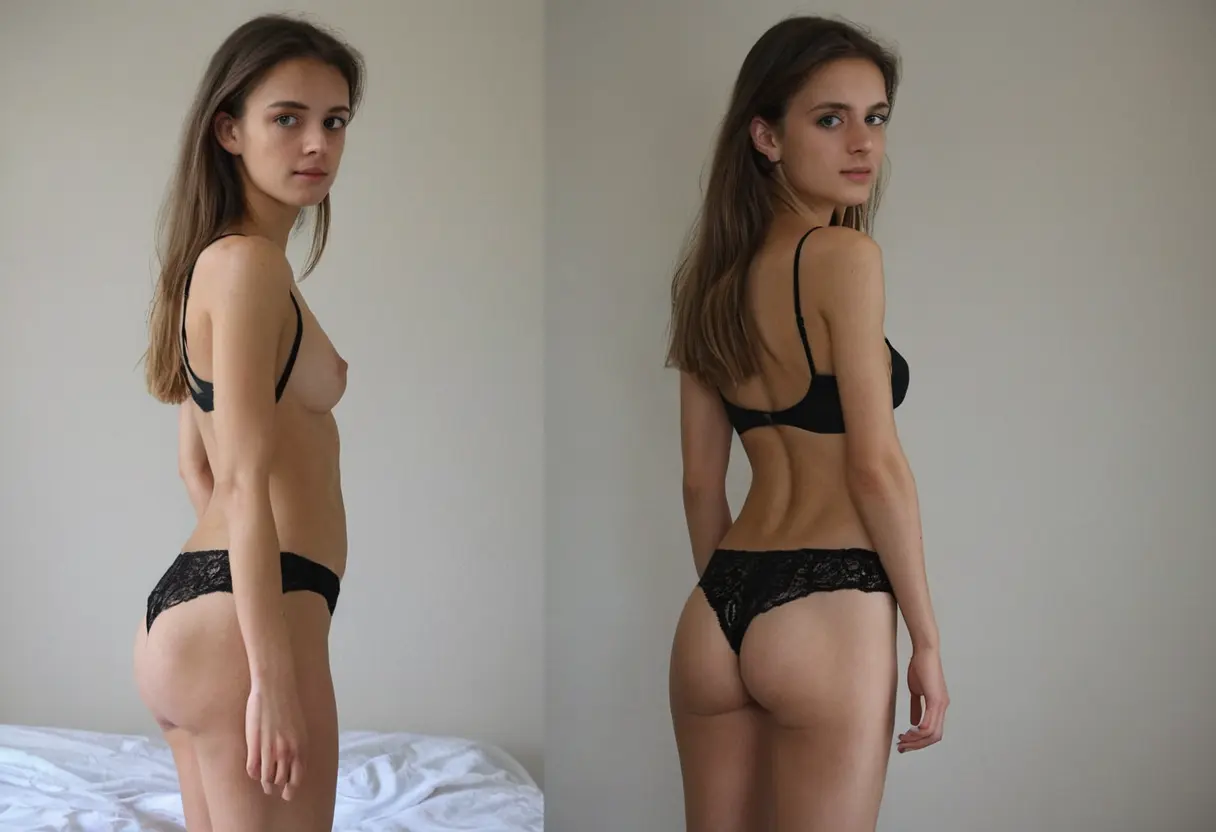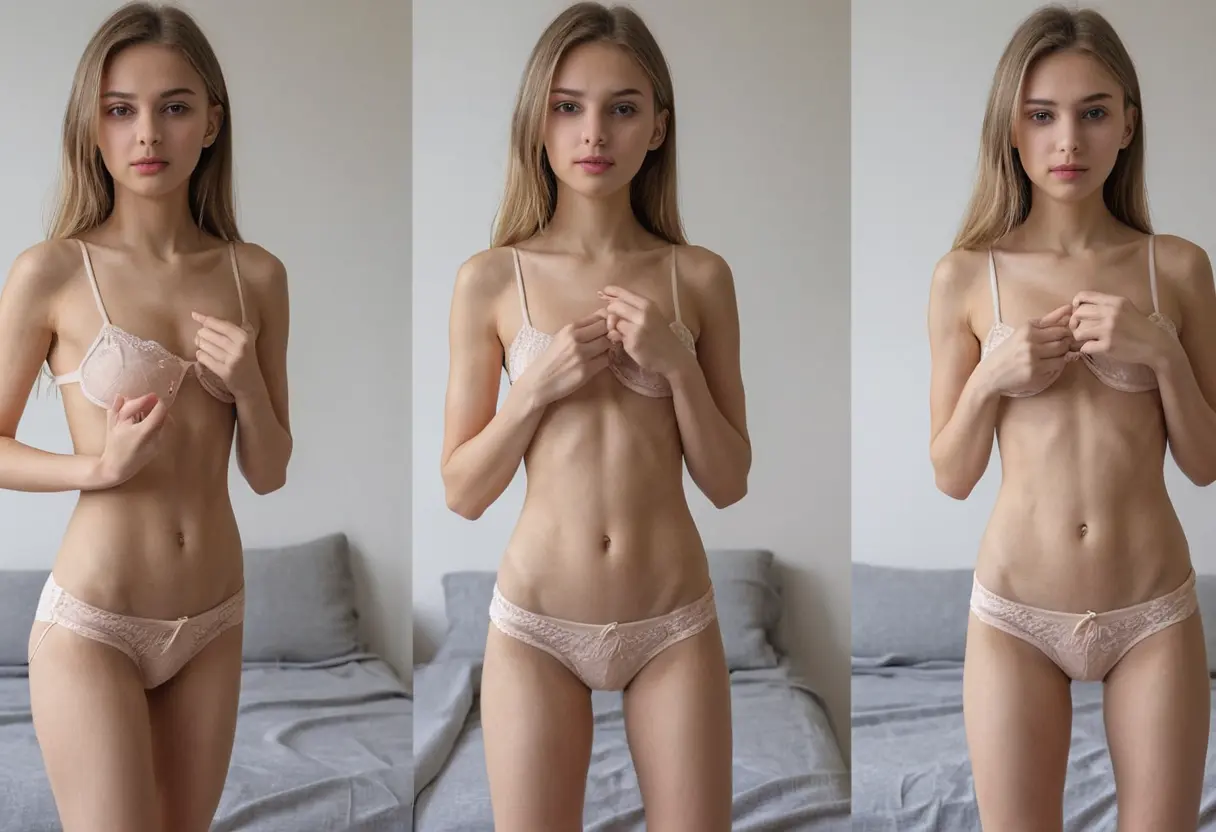In recent years, the intersection of artificial intelligence (AI) and image manipulation technologies has led to the rapid development of tools capable of generating highly realistic undress photos. While this controversial technology has raised significant ethical and legal concerns, it is nonetheless reshaping industries ranging from fashion to digital media. This article explores how AI technology is transforming undress photo generation, examining its underlying mechanisms, potential applications, risks, and implications for society. Through this analysis, we aim to understand the broader impact of AI in image generation and the ethical considerations it brings to the forefront.
AI-driven image generation involves the use of advanced machine learning algorithms, particularly deep learning models, to create or alter images. These algorithms analyze vast amounts of data to "learn" how to produce realistic and contextually accurate visuals based on specific input parameters. In the case of undress photo generation, the AI can generate images that simulate a person in various stages of undress without the need for actual photographs of the person in that state.

Typically, generative adversarial networks (GANs) are used for such tasks. GANs consist of two neural networks: a generator, which creates images, and a discriminator, which evaluates them. This dual-network system allows for continuous refinement, producing high-quality images that are difficult to distinguish from real photos. As GANs improve, so too does the quality and realism of the generated images.

The rise of AI-generated undress photos has found several uses across various sectors, despite its controversial nature. Some notable applications include:

Despite its potential benefits, the technology behind AI-generated undress photos raises significant ethical and legal concerns. One of the primary issues is the violation of privacy. Individuals can be digitally manipulated into compromising or inappropriate images without their consent, leading to potential exploitation and harm.
Additionally, the ability to create realistic undress photos of anyone, even without any real photographs, presents dangers in terms of deepfake creation. Deepfakes—where AI-generated videos or images depict individuals in false scenarios—have been used for malicious purposes such as revenge porn, fraud, and defamation. This contributes to the growing concern over the potential misuse of AI technologies in digital manipulation.
From a legal perspective, many countries are beginning to enact laws to combat the misuse of AI-generated content, especially in cases involving non-consensual imagery. However, enforcement remains a challenge due to the rapid development of technology and the international nature of the internet.
The ability to generate undress photos using AI has far-reaching consequences for society. On one hand, it provides opportunities for creativity, innovation, and more immersive digital experiences. On the other hand, it threatens to disrupt the fabric of trust in digital media. With the increasing prevalence of AI-generated images, it becomes increasingly difficult to distinguish between real and fabricated content.
In the realm of social media, for instance, AI-generated undress photos could potentially fuel unrealistic body image expectations. If AI is used to generate perfect, idealized depictions of individuals, it may perpetuate harmful stereotypes and encourage harmful beauty standards, particularly among vulnerable groups.
Furthermore,https://www.undressaitool.com/ the proliferation of AI-generated content could contribute to the spread of misinformation. As individuals become aware of the capabilities of AI technologies, it becomes essential to educate the public on how to critically evaluate the content they encounter online.
As AI technology continues to evolve, the potential for generating even more realistic and convincing undress photos will grow. This could have profound implications for various industries, including entertainment, advertising, and personal branding. However, there are also efforts underway to develop ethical guidelines and frameworks to govern the use of AI in digital content creation. These initiatives aim to ensure that the technology is used responsibly and does not harm individuals or society.
The future of AI in image generation will likely involve a balance between innovation and regulation. Companies and creators will need to adopt ethical standards for the creation and distribution of AI-generated content, while governments and regulatory bodies will need to keep pace with technological advancements to protect individuals' rights and privacy.
AI technology is revolutionizing the world of image generation, particularly when it comes to creating undress photos. While the technology offers significant potential for industries such as fashion, entertainment, and digital media, it also poses serious ethical and legal challenges. The ability to create highly realistic images of individuals in any scenario, including undress, has sparked concerns about privacy, consent, and the potential for misuse. Moving forward, it will be crucial to establish ethical guidelines and legal frameworks to ensure that AI technology is used in a responsible manner. As AI continues to evolve, society must balance innovation with protection against harmful consequences.

How AI Technology is Transforming Fashion for Men

Discover the Best AI Undress App Free for Enhanced Privacy and Fun

Discover How Undressing AI is Revolutionizing Fashion and Retail Industries

How AI Technology is Revolutionizing Fashion and Virtual Styling

Exploring the Impact of Free AI Tools on Adult Entertainment Industry

How Real Undress AI is Revolutionizing Virtual Clothing and Style体验